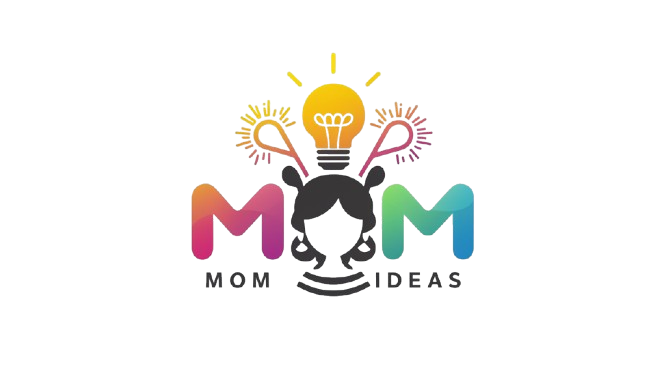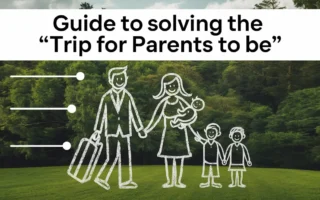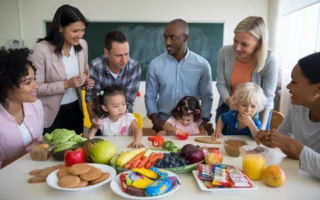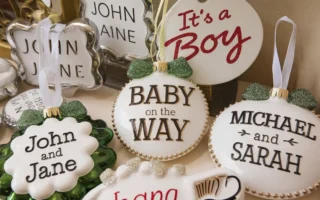Crossword puzzles have become a beloved pastime for many, providing entertainment and mental stimulation. Among the various clues that crossword enthusiasts encounter, those referencing children’s literature often evoke nostalgia and curiosity.
In this article, we will explore the significance of children’s literature, highlight some popular titles that may appear in crossword puzzles, and offer tips for solving related clues.
The Allure of Children’s Literature
Children’s literature is more than just stories for young readers. It serves as a gateway to imagination and creativity. These books often convey important life lessons, nurture empathy, and foster a love for reading. Titles like Where the Wild Things Are and Charlotte’s Web have transcended generations, continuing to captivate children and adults alike.
When crossword creators incorporate children’s literature into their puzzles, they tap into this rich literary heritage. A simple clue such as “Title in children’s literature” can lead to a wealth of possibilities, allowing solvers to reminisce about their favorite childhood reads.
Popular Titles Often Found in Crossword Clues
- The Very Hungry Caterpillar by Eric Carle
- This beloved book tells the story of a caterpillar’s transformation into a butterfly. It’s known for its vibrant illustrations and simple, yet profound narrative. Clues might refer to this title as “Caterpillar classic” or “Carle creation.”
- Charlotte’s Web by E.B. White
- A timeless tale of friendship between a pig named Wilbur and a spider named Charlotte. Crossword clues may hint at this title with “E.B. White novel” or “Barnyard friendship.”
- Where the Wild Things Are by Maurice Sendak
- A story about a young boy named Max who sails to an island inhabited by wild creatures. Clues might read “Max’s adventure” or “Sendak story.”
- Harry Potter and the Sorcerer’s Stone by J.K. Rowling
- The first book in the Harry Potter series introduces readers to the magical world of Hogwarts. Clues can appear as “Wizarding world debut” or “J.K. Rowling’s boy wizard.”
- The Cat in the Hat by Dr. Seuss
- A classic rhyming tale that brings mischief and chaos to a rainy day. Clues could be phrased as “Seuss character” or “Mischievous feline.”
- Goodnight Moon by Margaret Wise Brown
- A bedtime favorite that invites children to say goodnight to various objects. Clues may hint at it with “Bedtime classic” or “Calm evening story.”
- The Tale of Peter Rabbit by Beatrix Potter
- This charming story follows a mischievous rabbit in Mr. McGregor’s garden. Crossword clues might read “Rabbit in a garden” or “Potter’s classic.”
- The Lion, the Witch and the Wardrobe by C.S. Lewis
- The first published book in the Chronicles of Narnia series, this story combines adventure with allegory. Clues may include “Narnia classic” or “C.S. Lewis fantasy.”
Decoding the Clues
Solving crossword puzzles requires a mix of knowledge, intuition, and a bit of luck. Here are some tips to help decode children’s literature clues:
1. Look for Context
Many crossword clues provide hints through context. If the clue includes a specific character name, think about which books feature that character. For example, if a clue references a “spider,” consider Charlotte’s Web.
2. Think of Themes
Children’s literature often revolves around common themes, such as friendship, adventure, or nature. Identifying the theme in the clue can lead you to the right title.
3. Rely on Your Childhood Favorites
Trust your own experiences. If a clue triggers a memory of a book you loved as a child, it might be the answer. Don’t hesitate to go with your instincts.
4. Familiarize Yourself with Authors
Knowing key authors in children’s literature can significantly help. For instance, if you see a clue that hints at a book by Dr. Seuss, you might quickly recall titles like Green Eggs and Ham or Horton Hears a Who!
5. Practice Regularly
The more crosswords you complete, the better you’ll become. Regular practice helps familiarize you with common clues, including those related to children’s literature.
The Role of Children’s Literature in Education
Children’s literature plays a crucial role in education. It fosters literacy skills, encourages imagination, and promotes critical thinking. Teachers often utilize these books to engage students, making learning enjoyable and relatable.
For instance, when students read Charlotte’s Web, they explore themes of friendship, loyalty, and loss. Discussions around the book help develop empathy and understanding. This educational aspect often makes titles from children’s literature common references in crossword clues.
The Joy of Nostalgia
Many crossword enthusiasts enjoy reminiscing about their childhood through literature. When encountering clues related to beloved titles, they often experience a sense of nostalgia. This emotional connection not only enhances the puzzle-solving experience but also reinforces the impact of these stories on readers’ lives.
The Impact of Digitalization
With the rise of digital media, children’s literature has evolved. E-books and interactive storytelling have emerged, but traditional print books still hold a special place in readers’ hearts. Many crossword clues reflect this enduring legacy, reminding solvers of the timelessness of these stories.
Engaging with Children’s Literature Today
While classic children’s literature remains popular, contemporary authors are also making their mark. Diverse voices and modern themes are emerging, reflecting today’s society. Titles like The Pigeon Finds a Hot Dog! by Mo Willems and Wonder by R.J. Palacio address relevant issues in a relatable way.
As crossword puzzles continue to evolve, so will the references to children’s literature. Solvers can expect to see both classic and modern titles, ensuring that the joy of reading lives on through every clue.
Conclusion
Children’s literature holds a significant place in the world of crossword puzzles. The clues referencing beloved titles serve as a bridge between generations, allowing readers to connect with their past while engaging their minds. Whether it’s a classic tale or a contemporary story, the impact of these books resonates deeply.
As you tackle your next crossword puzzle, keep an eye out for clues related to children’s literature. Remember the joy these stories brought you as a child and the lessons they imparted. Solving these clues not only enriches your puzzle experience but also celebrates the enduring legacy of children’s literature.
This article encapsulates the essence of children’s literature and how it intertwines with crossword puzzles, focusing on the specified keyword. Let me know if you’d like any changes or additions!




